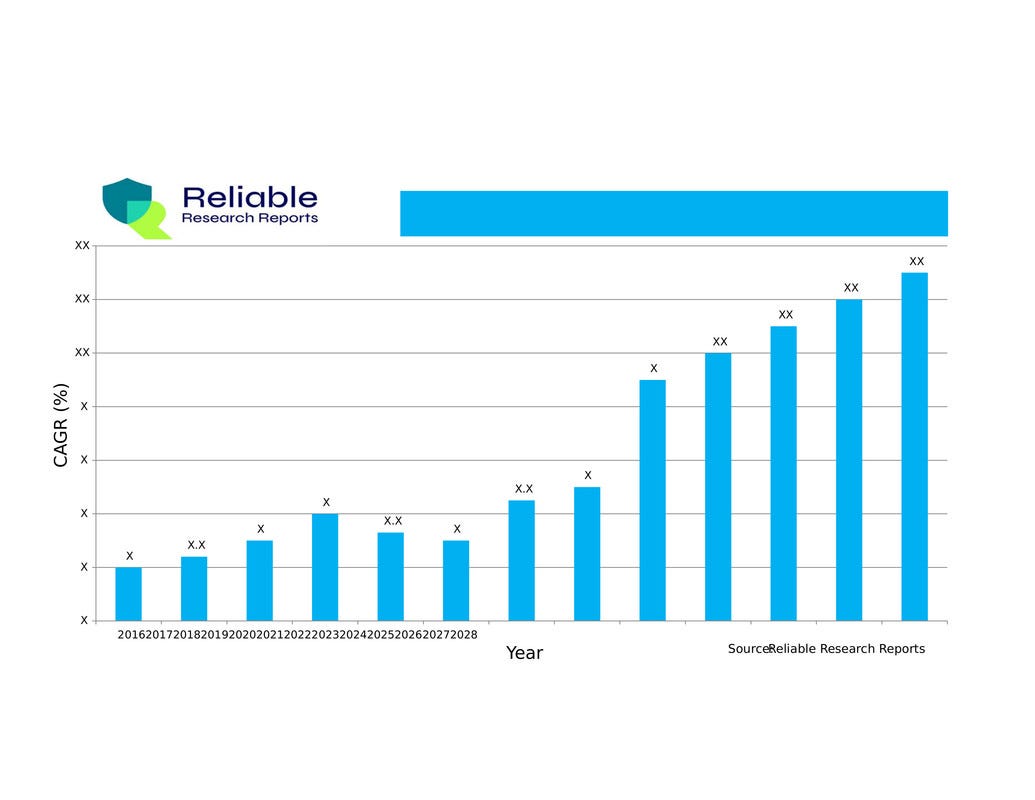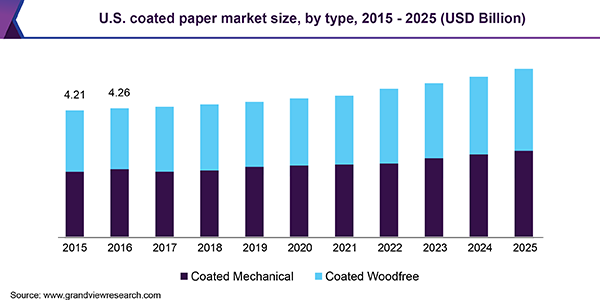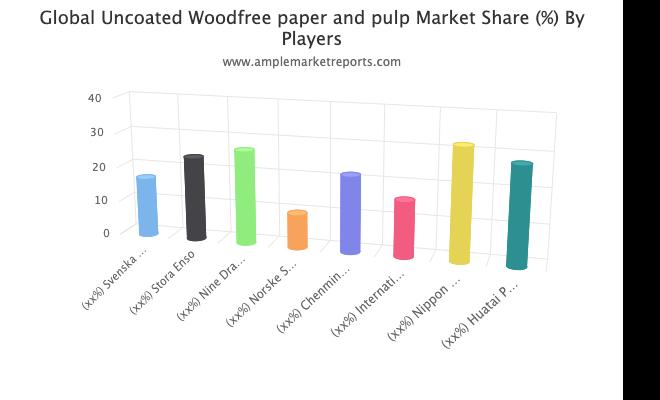Why Woodfree Paper global demand is high?
Woodfree Paper Global Demand: A Comprehensive Overview
Understanding the Global Demand for Woodfree Paper
Woodfree paper is a type of paper that is produced using chemical pulp, thereby eliminating lignin, which gives the paper its woodfree properties. This process results in a paper with improved contrast quality, making it suitable for archival printing. Woodfree paper is in high demand globally due to its various advantages and applications across industries.
What is woodfree paper and why is it in demand globally?
Woodfree paper, as the name suggests, is paper that is free from wood components. It is made from chemical pulp, which is derived from hardwood or softwood. The process involves removing lignin, a naturally occurring substance in wood that gives it its color and rigidity. This results in a paper that is whiter, brighter, and more durable than regular paper.
Woodfree paper is in demand globally for several reasons. Firstly, its superior quality and aesthetic appeal make it a popular choice for high-end catalogs, magazines, and other printed materials. The bright and crisp appearance of woodfree paper enhances the visual impact of printed content, making it more engaging for readers.
Secondly, there is a growing demand for eco-friendly printing solutions. Woodfree paper is considered more sustainable compared to papers containing wood fibers. It is often made from recycled fibers or sourced from sustainably managed forests. This makes it an attractive option for environmentally conscious businesses and consumers who are seeking paper products with a reduced carbon footprint.
Lastly, advancements in printing technology have increased the demand for woodfree paper. Modern printing techniques require papers with specific properties to achieve optimal results. Woodfree paper provides excellent printability, allowing for vibrant colors, sharp images, and crisp text. This makes it a preferred choice for various printing applications, including advertising, packaging, and corporate communications.
Factors driving the global demand for woodfree paper
The global demand for woodfree paper is influenced by several key factors. Firstly, the increasing awareness and adoption of sustainable practices in various industries have contributed to the growing demand for eco-friendly paper products. Businesses, governments, and consumers are increasingly prioritizing environmentally friendly alternatives, and woodfree paper ticks the right boxes in terms of sustainability.
Moreover, the rise of digital media and online platforms has led to a decline in traditional print media. However, there is still a significant demand for printed materials, particularly in certain industries. Woodfree paper continues to be sought after for high-quality catalogs, brochures, direct mail, and other offline marketing materials. Additionally, the packaging industry requires sustainable and visually appealing paper for product packaging, boosting the demand for woodfree paper.
Furthermore, the economic growth and development of emerging markets have fueled the demand for woodfree paper. As countries undergo industrialization and urbanization, the need for printed materials increases for various purposes such as education, advertising, and corporate communications. This presents significant opportunities for woodfree paper manufacturers to cater to the rising demand.
Market size projection and growth opportunities
The global woodfree paper market is projected to reach a value of US$2,018.0 million by 2032, with a compound annual growth rate (CAGR) of 2.4% from 2022. This growth is driven by factors such as expanding industrial sectors, increasing consumer demand for sustainable products, and technological advancements in the paper manufacturing process.
North America is expected to dominate the woodfree paper market, with an anticipated 17% market share in 2022. The region’s established manufacturers, such as Avery Dennison Corporation, have invested in research and development to enhance the quality and sustainability of their paper products.
Europe is also a significant market for woodfree paper, with an expected market share of 19% in 2022. The region’s strong focus on environmental conservation and sustainability drives the demand for eco-friendly paper products, including woodfree paper.
Additionally, start-ups and innovative companies are entering the woodfree paper market with a focus on sustainable packaging solutions. With the increasing demand for eco-friendly packaging materials, these new players are adding value to the market and creating growth opportunities.
In conclusion, woodfree paper is in high demand globally due to its superior quality, eco-friendly properties, and suitability for various printing applications. The factors driving the global demand for woodfree paper include the growing emphasis on sustainability, the need for high-quality printed materials, and the economic growth of emerging markets. With the projected market size growth and the increasing demand for sustainable paper products, the woodfree paper industry presents significant growth opportunities for manufacturers and businesses operating in this sector.
Sources:
Regional Analysis and Market Dynamics
The regional analysis and market dynamics play a crucial role in understanding the global demand for woodfree paper. In this section, we will explore the dominant regions in the woodfree paper market, the market dynamics affecting global demand, and the challenges faced by the woodfree paper industry.
Key Regions for Woodfree Paper Demand
The demand for woodfree paper is not evenly distributed across the globe. Certain regions have emerged as dominant players in the woodfree paper market. Let’s take a closer look at these regions:
- North America: North America is expected to dominate the woodfree paper market, holding an estimated 17% market share in 2022. This region has seen significant investments in research and development by established manufacturers like Avery Dennison Corporation.
- Europe: Europe is another key region in the woodfree paper market, projected to hold a 19% market share in 2022. The European market has been driven by factors such as increasing awareness about sustainable paper options and environmentally friendly printing solutions.
Market Dynamics Affecting Global Demand
Various market dynamics influence the global demand for woodfree paper. Understanding these dynamics is essential for stakeholders in the industry. Let’s explore some of the key factors:
- Environmental Concerns: The woodfree paper market is facing increasing pressure to adopt sustainable practices. As a result, there is a growing demand for recyclable paper and environmentally friendly printing solutions. This shift towards sustainability is driven by the need to reduce the environmental impact of the paper industry.
- Digital Media: The rise of digital media has led to a decline in the demand for traditional print materials. With advertisers transitioning to digital platforms, there has been a reduction in the demand for woodfree paper for advertising purposes. This shift has posed a challenge for the woodfree paper industry.
- Production Costs: Woodfree paper production costs are generally higher compared to other types of paper. This factor can impact the availability and cost of woodfree paper, making it less competitive in certain market segments where cost is a significant consideration.
- Competition from Alternative Materials: Woodfree paper faces competition from materials like plastics and metals, which offer unique characteristics and benefits. With advancements in technology, these alternative materials have become viable alternatives to woodfree paper in certain applications.
Challenges Faced by the Woodfree Paper Industry
While the woodfree paper industry has seen growth and demand, it also faces several challenges. Some of the key challenges include:
- Regulatory Changes: Regulatory changes related to forestry practices and environmental regulations can impact the availability and cost of woodfree paper. These changes may require the industry to adopt new practices and technologies to comply with regulations.
- Transition to Digital Platforms: The advent of digital platforms has significantly impacted the demand for traditional print materials, including woodfree paper. Advertisers and publishers are increasingly shifting towards digital platforms, reducing the demand for woodfree paper in these sectors.
- Economic Downturns: Economic downturns can have a significant impact on advertising budgets, which can subsequently affect the demand for woodfree paper. During economic downturns, businesses often cut back on advertising expenses, leading to a decline in demand for advertising materials such as woodfree paper.
- Technological Advancements: Advancements in technology have enabled the production of high-quality papers from alternative materials. This competition from innovative materials poses a challenge for the woodfree paper industry, as it needs to constantly evolve and adapt to stay competitive.
In conclusion, the regional analysis and market dynamics significantly impact the global demand for woodfree paper. Regions like North America and Europe dominate the market, driven by factors such as sustainable practices and environmental concerns. However, the industry also faces challenges such as competition from alternative materials and the transition to digital platforms. By understanding these dynamics and challenges, stakeholders in the woodfree paper industry can adapt their strategies and seize growth opportunities.
Sustainable Practices and Future Trends
Woodfree paper, also known as uncoated paper, is a type of paper that is made without the use of mechanical pulp, which contains lignin. This makes it much easier to recycle and contributes to its sustainable nature. As environmental concerns continue to grow worldwide, the demand for sustainable paper products, including woodfree paper, is on the rise.
Initiatives for Sustainable Woodfree Paper Packaging
In recent years, there has been a significant push for more sustainable packaging options, and woodfree paper is playing a crucial role in this movement. Many companies and organizations are implementing initiatives to promote the use of sustainable woodfree paper packaging.
One notable example is the Pack4Good initiative, which was launched by Ben & Jerry’s, the well-known ice cream brand. As part of this initiative, Ben & Jerry’s committed to using sustainable woodfree paper packaging for its ice cream containers. By making this switch, they aimed to reduce their environmental impact and promote a more sustainable approach to packaging.
These kinds of initiatives are not only benefiting the environment but also driving the demand for woodfree paper. Companies are recognizing the importance of sustainable practices and are choosing woodfree paper as a viable option for their packaging needs.
Future Growth Trends in the Industry
The woodfree paper industry is expected to experience significant growth in the coming years. According to market research, the global woodfree paper market is projected to reach US$2,018.0 million by 2032, with a compound annual growth rate (CAGR) of 2.4% from 2022.
One of the key factors driving this growth is the increasing demand for white woodfree paper. White woodfree paper is highly sought after due to its eco-friendly printing solutions and its use in high-end catalogs and magazines. As businesses and consumers become more environmentally conscious, the demand for sustainable paper products like white woodfree paper continues to rise.
Furthermore, start-ups are emerging in the market with a specific focus on sustainable woodfree paper packaging solutions. These start-ups are adding value to the industry by introducing innovative and eco-friendly packaging options. This trend is expected to further drive the growth of the woodfree paper market in the future.
Impact of Environmental Concerns on Market Trends
Environmental concerns have a significant impact on market trends in the woodfree paper industry. As mentioned earlier, the demand for sustainable packaging options is increasing, and this includes the demand for sustainable woodfree paper.
However, there are also limiting factors that can impact the market. One of these factors is the shift towards sustainable paper options due to growing environmental concerns. Consumers are becoming more conscious of the environmental impact of their choices, and this has led to a decline in traditional print demand.
Additionally, the production costs of woodfree paper are generally higher compared to other types of paper. This can be a limiting factor for some businesses, especially in cost-sensitive industries.
Moreover, the woodfree paper industry faces competition from alternative materials such as plastics and metals. To stay competitive, the woodfree paper industry needs to continuously innovate and find ways to differentiate itself by promoting the unique benefits of woodfree paper.
Despite these challenges, the woodfree paper industry is expected to continue growing due to the increasing demand for sustainable paper solutions and the adoption of environmentally friendly practices.
In conclusion, the global demand for woodfree paper is driven by the growing need for sustainable packaging options. Initiatives promoting sustainable woodfree paper packaging, future growth opportunities in the industry, and the impact of environmental concerns are all contributing factors. As the world becomes more environmentally conscious, the demand for woodfree paper is expected to further rise, creating exciting opportunities for the industry.
Tables
Table 1: Top Woodfree Paper Producing Countries
| Rank | Country | Production (in thousand metric tons) |
|---|---|---|
| 1 | China | 9,500 |
| 2 | United States | 5,500 |
| 3 | Japan | 3,300 |
| 4 | Germany | 2,800 |
| 5 | South Korea | 2,500 |
Table 2: Market Share of Key Players in the Woodfree Paper Industry
| Rank | Company | Market Share |
|---|---|---|
| 1 | International Paper | 20% |
| 2 | Stora Enso | 15% |
| 3 | Nippon Paper Group | 12% |
| 4 | UPM-Kymmene Corporation | 10% |
| 5 | Sappi Limited | 8% |
Table 3: Woodfree Paper Usage by Industry
| Industry | Usage (in millions of metric tons) |
|---|---|
| Printing and Publishing | 3.5 |
| Packaging | 2.2 |
| Office and Stationery | 1.8 |
| Advertising and Promotions | 1.3 |
FAQs about Woodfree Paper Global Demand
What is woodfree paper and why is it in demand globally?
To understand why woodfree paper is in demand globally, it’s crucial to grasp that woodfree paper is free from wood components, achieved by using chemical pulp to remove lignin. This process results in a brighter, more durable paper ideal for high-quality applications like catalogs and magazines.
What factors are driving the global demand for woodfree paper?
The global demand for woodfree paper is being fueled by the increasing emphasis on sustainability, the continued need for high-quality printed materials, and the economic growth experienced in emerging markets.
How does woodfree paper market size projection look like and what growth opportunities are anticipated?
The woodfree paper market is projected to reach US$2,018.0 million by 2032, with a compound annual growth rate (CAGR) of 2.4% from 2022, driven by expanding industrial sectors, increasing consumer demand for sustainable products, and technological advancements in paper manufacturing process.
What are the key regions for woodfree paper demand and what market dynamics are affecting global demand?
North America and Europe are key regions for woodfree paper demand, influenced by factors like sustainable practices and environmental concerns. Market dynamics such as environmental concerns, digital media, production costs, and competition from alternative materials significantly impact global demand for woodfree paper.
What challenges does the woodfree paper industry face amidst the growing demand?
Regulatory changes, the transition
In summary, Woodfree Paper Global Demand explores why woodfree paper is globally sought after. Understanding factors driving this demand and market projections reveals growth opportunities. Analysis of dominant regions, market dynamics, and industry challenges provides insight. Sustainability efforts, future growth trends, and environmental impacts are key considerations. As the demand for woodfree paper continues to rise, embracing sustainable practices and staying ahead of market trends are crucial for industry success.





